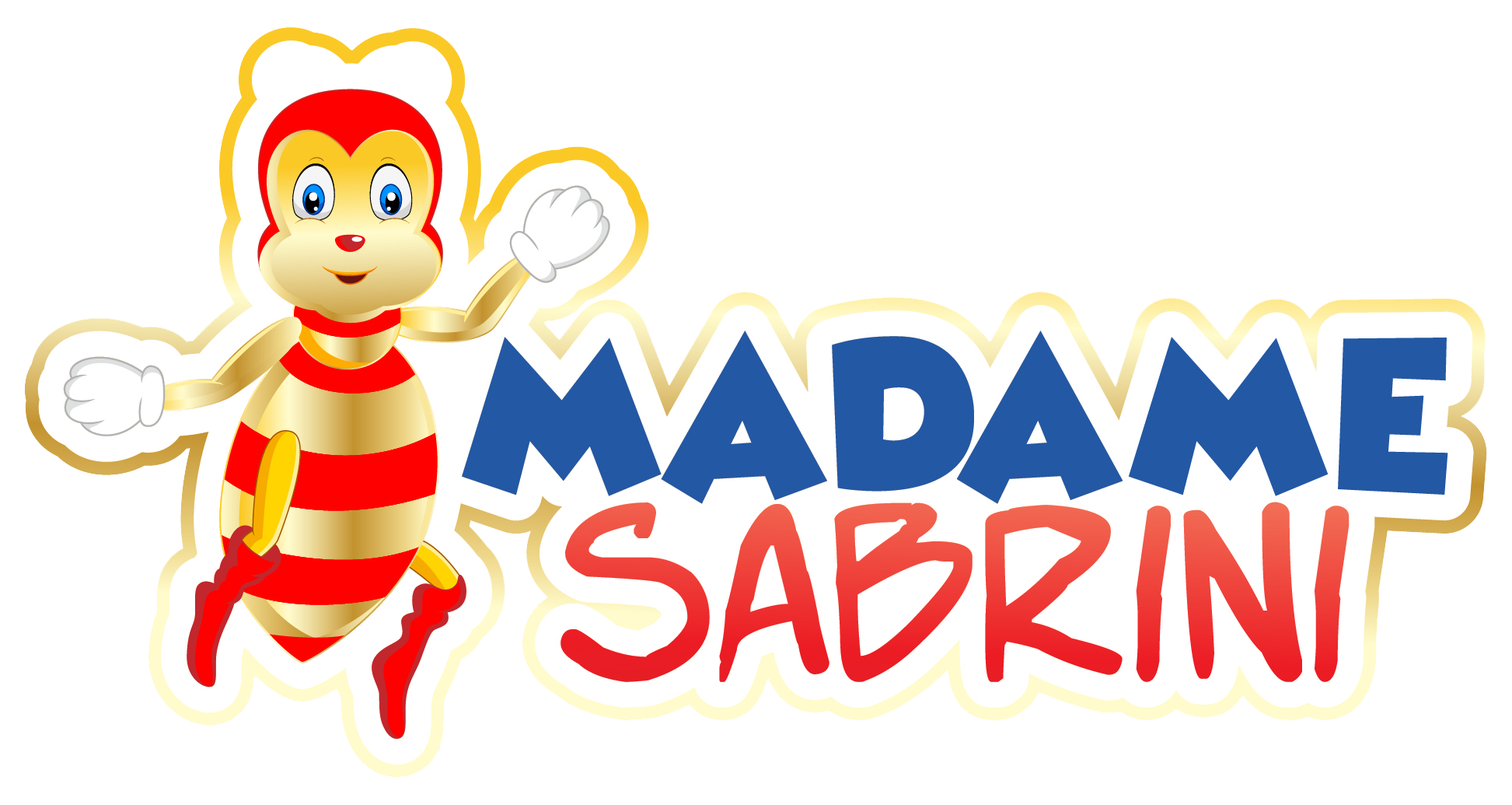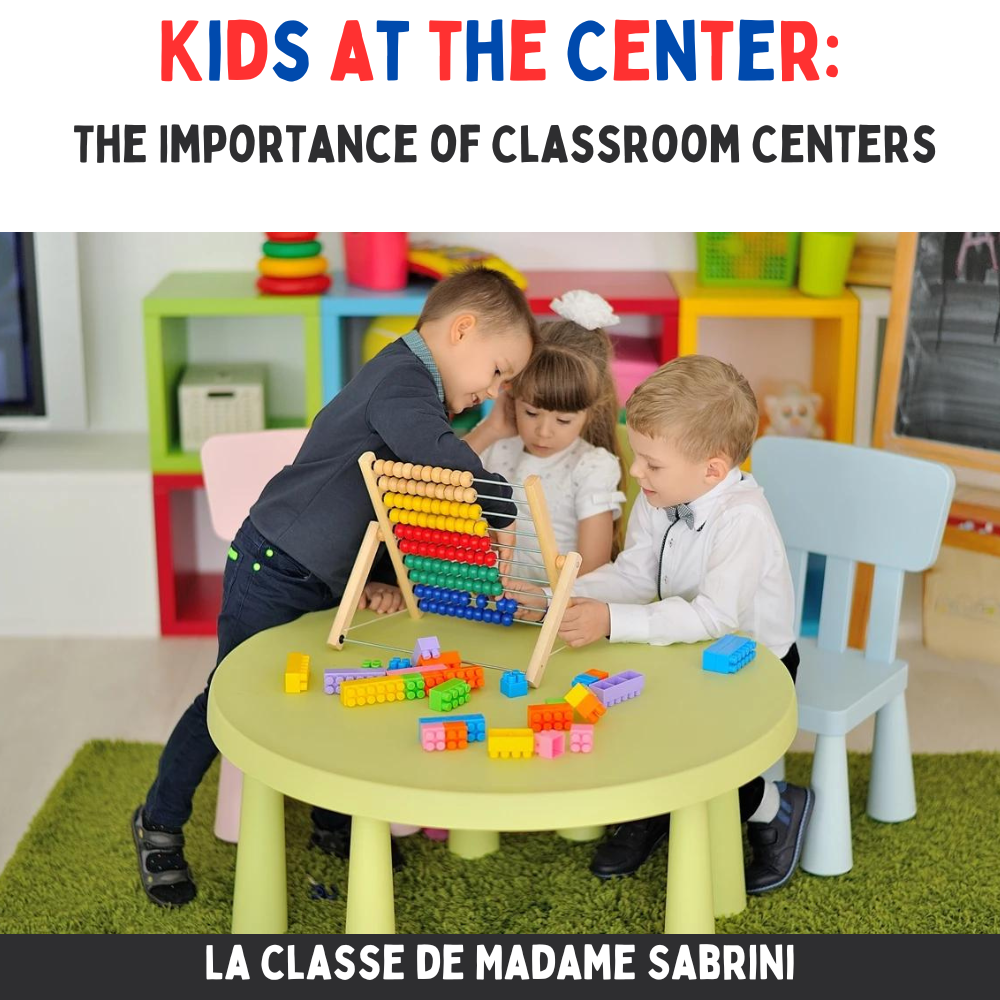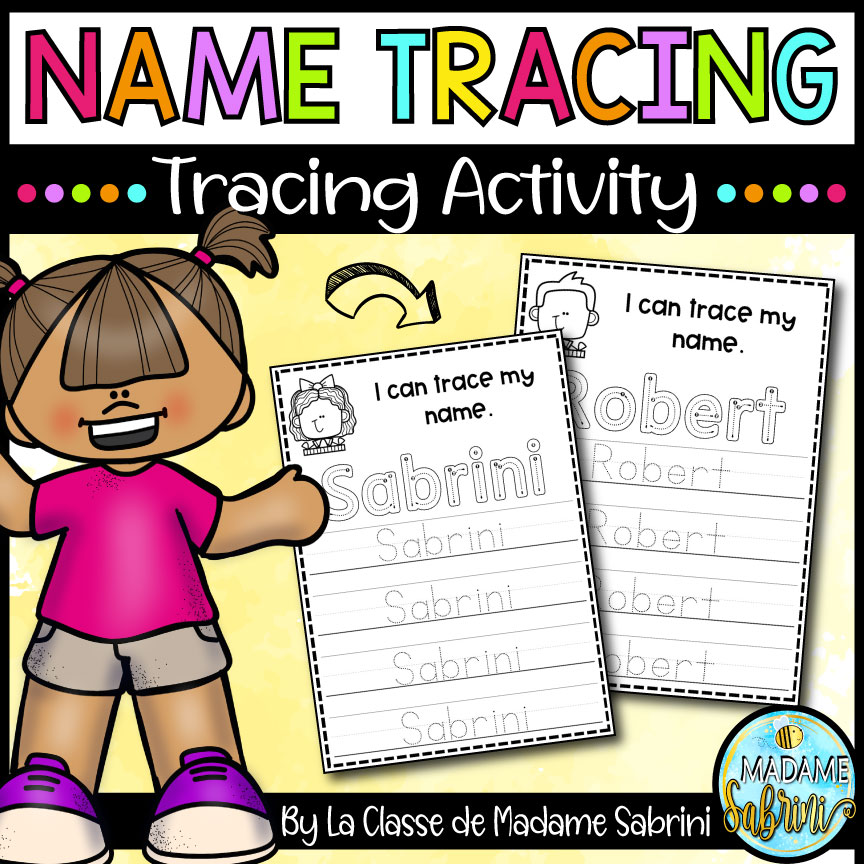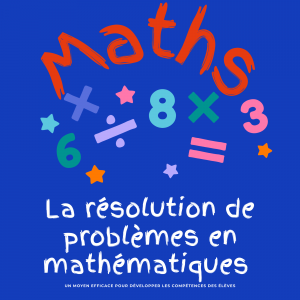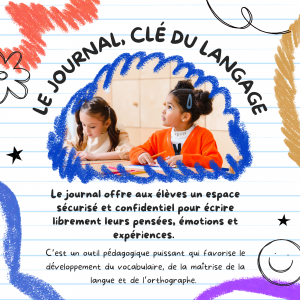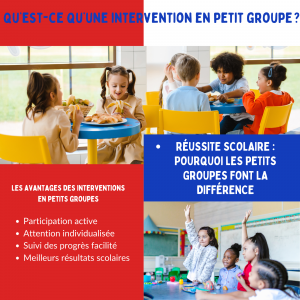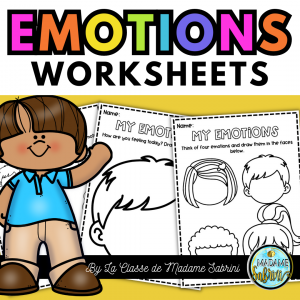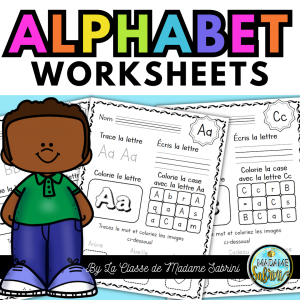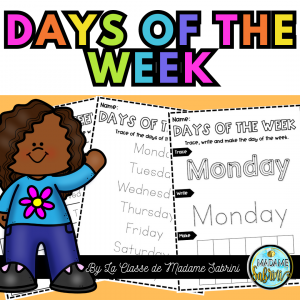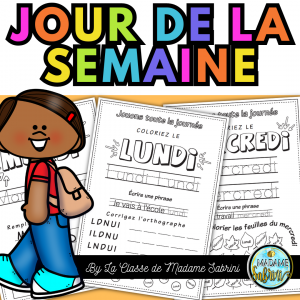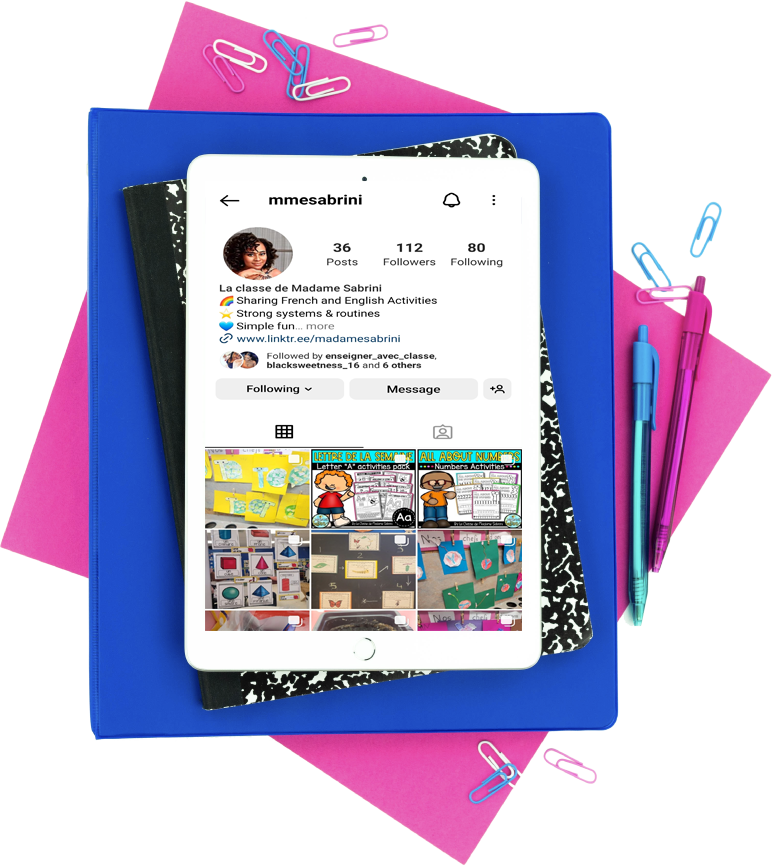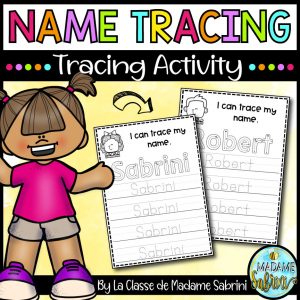It’s no secret that kids learn best when they are engaged and having fun. One of the most effective ways to ensure learning success is through the use of kids’ centers in the classroom. Kids centers provide a hands-on, interactive environment where students can practice a variety of skills and concepts in a creative and stimulating way. In this blog post, we will discuss the importance of classroom centers and how they can be used to create an engaging learning atmosphere for all students.
What are classroom centers?
Classroom centers are designated areas in the classroom where students can engage in learning activities and explore new concepts through play and hands-on experiences. These centers are created by teachers to promote independent learning and provide opportunities for children to practice important skills in a fun and engaging way.
Centers typically consist of various stations or areas, each with a specific focus and set of materials. For example, a reading center might include books, reading logs, and comfortable seating, while a science center might have lab equipment and materials for experiments.
By incorporating centers into their classroom, teachers can help students develop essential skills such as problem-solving, critical thinking, creativity, and communication. Centers can also promote social interaction, teamwork, and collaboration among students.
Overall, centers are an effective way to enhance the learning experience for children and provide a fun and engaging way to reinforce important concepts and skills. Whether you are a seasoned teacher or just starting out, incorporating centers into your classroom can be a great way to promote independent learning and encourage student success.
How do centers help kids learn?
Centers are more than just a fun break from traditional classroom instruction; they are valuable tools that can enhance learning in a variety of ways. Centers allow children to work independently and at their own pace, providing opportunities for them to explore and experiment with concepts and skills on their own terms. Centers also promote social interaction and collaboration, helping children to develop important communication and teamwork skills.
In addition to promoting independent learning and social development, centers can also help to reinforce key concepts and skills in a variety of subjects. For example, centers can be used to practice math facts or to explore science concepts through hands-on activities. Language arts centers can be used to practice reading, writing, and language skills, while social studies centers can help children to develop an understanding of geography and cultural diversity.
Overall, centers offer a way to personalize learning for each child and help them to develop key skills in a way that is engaging and enjoyable. By providing children with a variety of activities and experiences, centers can help to promote deeper learning and better understanding of key concepts. So, whether you are a teacher or a parent, consider incorporating centers into your child’s learning experience – they are sure to benefit in a variety of ways!
What types of activities can be done at centers?
Classroom centers offer endless opportunities for children to engage in fun and educational activities. These activities should be age-appropriate and cater to the interests of the children. Here are some examples of activities that can be done at centers:
1. Art Center: Children can engage in painting, drawing, sculpting, or even create their own books. This allows them to express themselves creatively and develop fine motor skills.
2. Reading Center: Children can read books, listen to stories, or even act out their favorite stories with puppets or costumes. This promotes literacy and enhances comprehension skills.
3. Math Center: Children can use manipulatives like counting bears or blocks to learn counting, addition, subtraction, or even geometry. This helps them understand mathematical concepts in a hands-on manner.
4. Science Center: Children can engage in science experiments, learn about different plants and animals, or even observe the weather. This allows them to develop scientific thinking and curiosity.
5. Dramatic Play Center: Children can role-play in a kitchen, doctor’s office, or even a grocery store. This promotes social skills and allows them to learn about different occupations and responsibilities.
6. Sensory Center: Children can explore different textures, smells, and colors through sensory activities like playdough, sand, or water play. This helps them develop their senses and stimulates their imagination.
Overall, centers allow children to explore and learn at their own pace while promoting social and emotional development. It is important to rotate activities and materials to keep children engaged and motivated.
How do I set up centers in my classroom?
Setting up centers in your classroom can seem like a daunting task, but with some careful planning and organization, it can be a valuable addition to your curriculum. Here are some tips for getting started:
1. Decide on the types of centers you want to have. Some examples include literacy, math, science, art, and dramatic play.
2. Determine the materials and resources needed for each center. For example, a literacy center might include books, alphabet blocks, and writing materials.
3. Choose a designated area in your classroom for each center. Make sure there is enough space for students to work comfortably and store their materials.
4. Label each center with a clear and easy-to-read sign so that students know where to go and what activities are available.
5. Consider rotating materials and activities within each center to keep things fresh and engaging for your students.
6. Make sure that each center has clear rules and expectations for behavior and cleanup. It’s also helpful to assign specific students to be responsible for maintaining each center.
By setting up centers in your classroom, you’re giving your students the opportunity to explore and learn in a way that is both fun and educational. With a little bit of effort and planning, centers can become a highlight of your daily routine.
How do I manage centers in my classroom?
Once you have set up your classroom centers, it’s important to manage them effectively to ensure that your students are getting the most out of them. Here are some tips to help you manage your centers:
1. Create a schedule: It’s important to have a set schedule for when students will be visiting each center. This will help keep students on task and prevent chaos in the classroom.
2. Rotate students: Make sure to rotate students through each center so that they have a chance to try out different activities and learn different skills.
3. Set clear expectations: Before starting centers, make sure to go over the expectations for behavior, cleanliness, and activity completion with your students. This will help prevent confusion and misbehavior.
4. Monitor progress: Check in with students as they work in centers to make sure they are understanding the material and making progress.
5. Provide feedback: Give students feedback on their work and behavior in centers. This will help motivate them and guide their learning.
6. Keep centers fresh: Change up the activities in your centers periodically to keep them fresh and engaging for your students.
By effectively managing your classroom centers, you can create a fun and engaging learning environment that will help your students develop new skills and deepen their understanding of the material.
